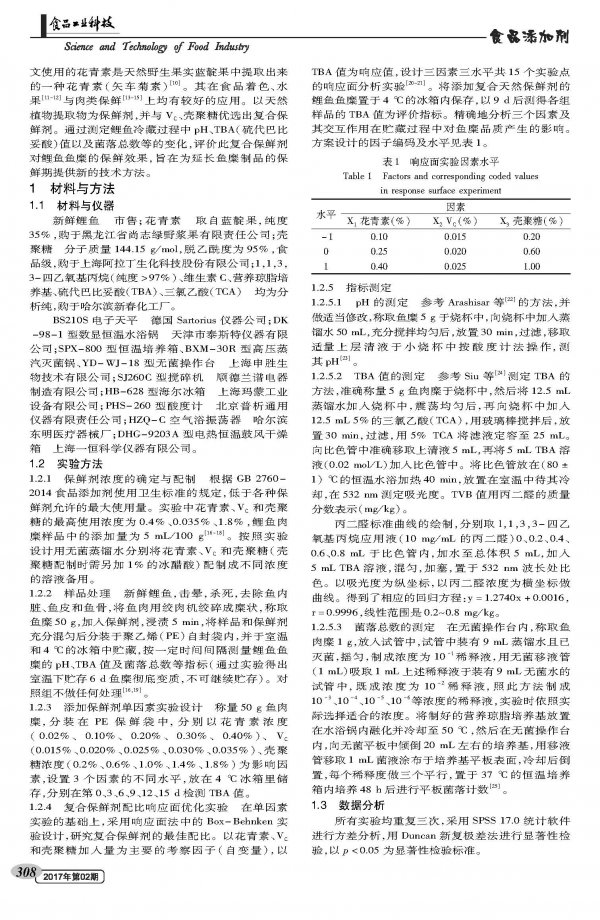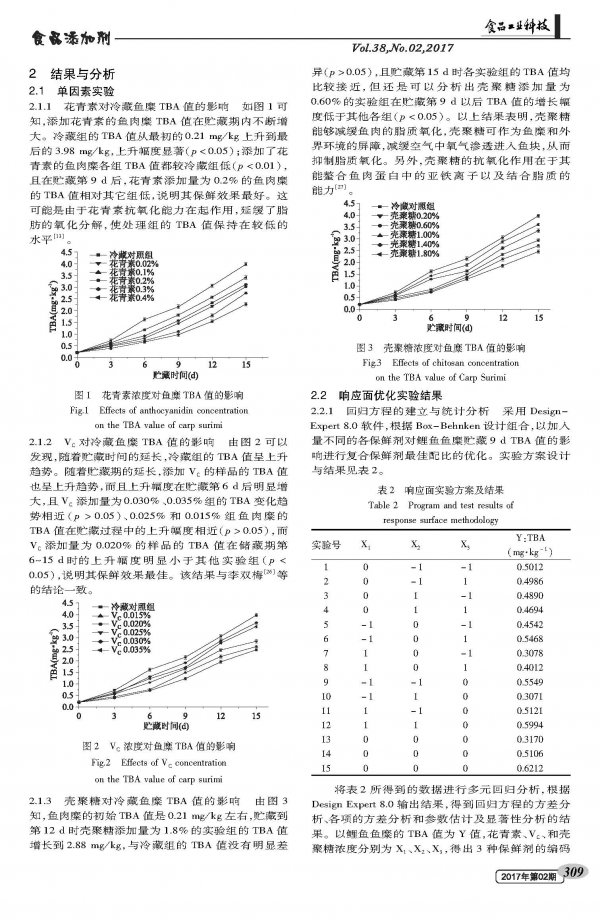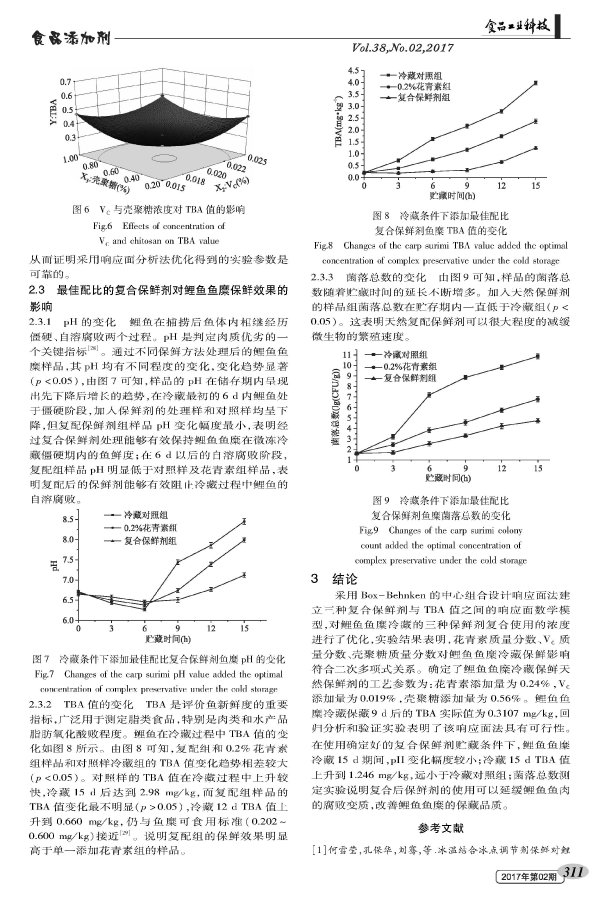Squid, also known as scorpion, scorpion, etc., is one of the most extensive freshwater economic fish in China with the longest breeding history. The carp has rich nutritional value, high protein content, and fat is mostly unsaturated fatty acid. The body can absorb and absorb up to 96%, and can supply essential amino acids, minerals, vitamin A and vitamin D. The squid surimi products are characterized by high protein content, low fat content and tender taste. They are popular foods in China. In recent years, the production and export volume of frozen carp surimi and carp surimi products in China have increased year by year, and it has become one of the aquatic products processing varieties of traditional Chinese medicine. At present, the preservation and circulation of carp surimi products are mostly carried out by means of freezing and freezing. The shelf life of refrigerating and fresh-keeping is only about 4d, which is difficult to meet the needs of large-scale production. However, with the cold storage method, although the storage period is long, the frozen food is prone to dry consumption, resulting in changes in food texture and flavor. Long-term frozen storage tends to denature proteins, and the soil taste is aggravated, leading to a decline in food quality, which seriously affects product quality and acceptability. Therefore, how to effectively maintain the freshness of freshwater fish gills has become the focus of current fisheries research. In recent years, biological preservatives and other preservation methods (such as modified atmosphere packaging, ice temperature storage) have become the main technology for the preservation of aquatic products, which can better maintain the quality of aquatic products and extend the shelf life. Anthocyanins are flavonoids with potential medical and nutritional value and have antioxidant capacity to scavenge oxygen free radicals. The anthocyanin used herein is an anthocyanin (cyanidin) extracted from the natural wild fruit blue hazelnut. It has a good application in food coloring, fruit and meat preservation. The natural plant extract is used as a preservative, and a composite preservative is preferably selected from Vc and chitosan. By measuring the changes of PH, TBA (thiobarbituric acid) value and the total number of colonies during the cold storage of carp, the preservation effect of this composite preservative on carp surimi was evaluated, aiming to provide new life for extending the shelf life of surimi products. Technical requirements. 




